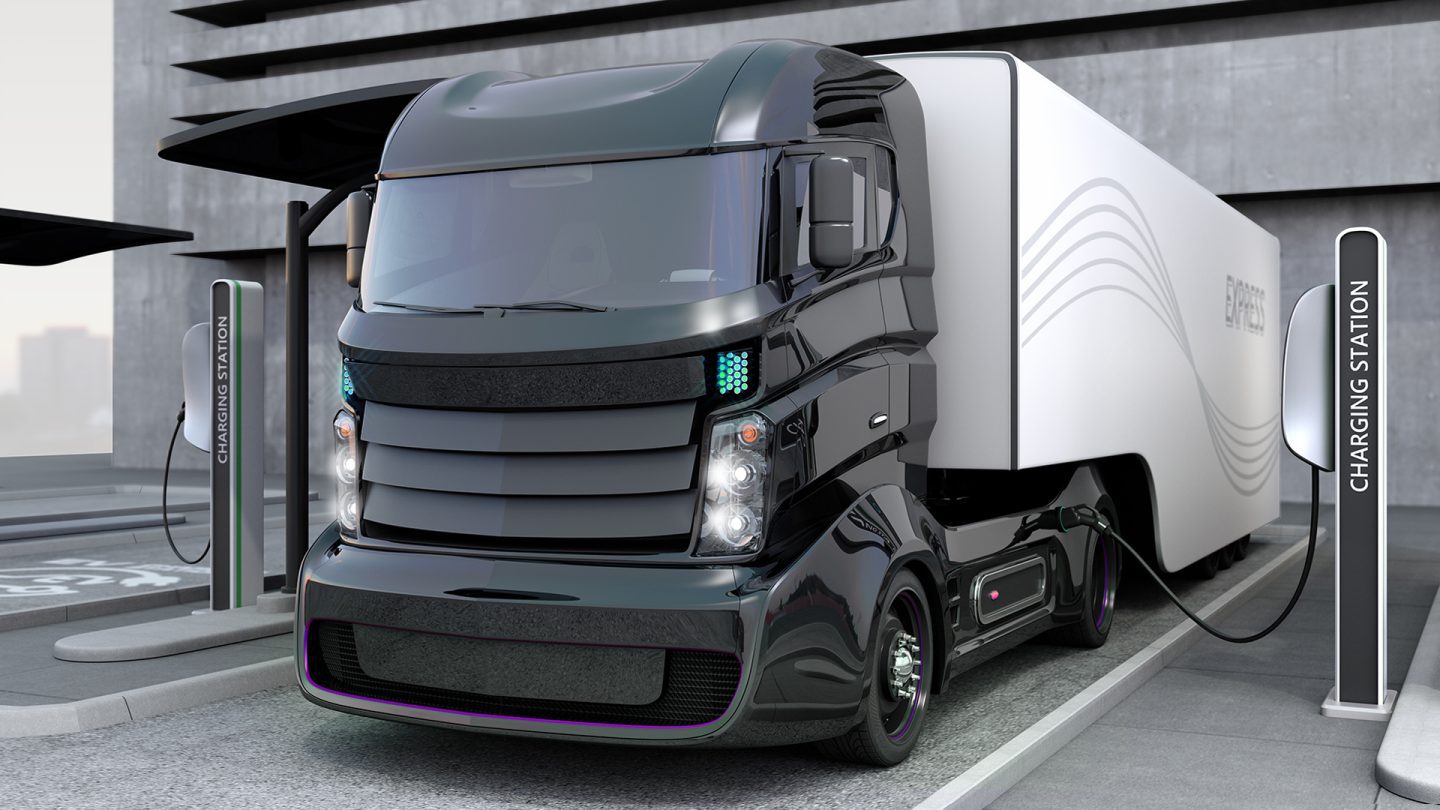IoT: The Supply Chain’s Secret Weapon for a More Efficient and Sustainable Future
Transitioning from cost minimization to carbon minimization

The fast-paced world we live in today requires businesses to be highly efficient and well-organized, especially when it comes to managing their supply chains and logistics processes. With the increasing pressure to reduce energy and resource consumption, companies are looking for ways to improve their operations and become more sustainable. One solution to the challenge that has been gaining popularity in recent years is the use of Internet of Things (IoT) technologies.
IoT technologies are changing the way companies operate and are allowing them to gather more information about their supply chain processes. By using sensors, devices, and other connected technologies, businesses can collect real-time data and insights into their operations, helping them make informed decisions and drive efficiency and sustainability.
Sustainable logistics and IoT can be compared to a well-oiled machine. Just as different parts of a machine need to work together seamlessly for it to function effectively, the different elements of a supply chain must be optimized and efficiently connected for it to be sustainable. And just as regular maintenance is needed to keep a machine running smoothly, real-time monitoring and analysis enabled by IoT are crucial in keeping the supply chain sustainable.
Shifting from fixed intervals to real-time demand
This is where IoT technologies come into play. By connecting devices, sensors, and systems to an IoT platform, companies can better understand their supply chain operations and logistics processes. This allows them to make informed decisions about how to optimize their operations and reduce energy and resource consumption.
Think about it this way: imagine a fleet of delivery trucks that make regular trips to pick up recyclable waste from various locations. Previously, the trucks would be scheduled to make pickups based on fixed intervals, such as once a week. However, by installing sensors to track the actual fill level of the recycling containers, companies can see when they need to be emptied and avoid unnecessary trips. This optimization can result in efficiency gains of up to 30 percent and significant reductions in energy consumption and costs.
Optimize end-to-end flow of goods
Similarly, sensors can be used to monitor the condition of spare parts and determine when they need to be replaced. This eliminates the need for unnecessary trips, parts are not replaced before the end of their life cycle, and resources are conserved. By tracking the flow of goods end-to-end and analyzing real-time data on consumption, inventories, and transport capacities, companies can optimize their supply and delivery chains and improve their efficiency and resilience.
IoT is not just about monitoring and optimizing individual processes, but about creating a holistic view of the entire supply chain. This can provide companies with a clear picture of the environmental and climate impact of their operations and help them reduce their carbon footprint. By keeping an eye on the “health” of their supply chain, companies can ensure that they are operating as efficiently and sustainably as possible, just like a well-oiled machine.
In conclusion, IoT technologies can be a valuable tool for companies looking to improve their supply chain operations and reduce their environmental impact. By providing real-time data and analysis, IoT solutions can help companies operate more efficiently and sustainably, while also reducing costs and emissions. For example, suppliers of refrigeration equipment can provide services based on minimizing energy usage rather than just maximizing cooling. As demand for sustainable business practices continues to grow, IoT will be a secret weapon in helping companies achieve their sustainability goals.